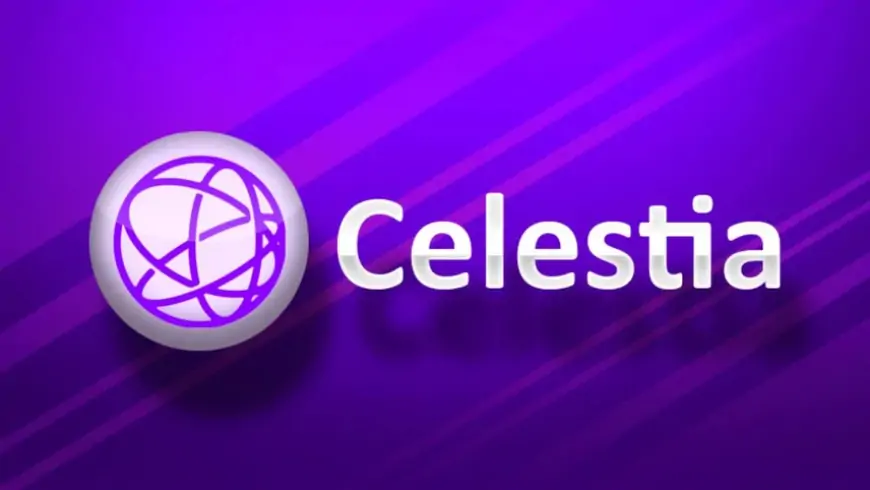What is Celestia (TIA)? All you need to know
Explore Celestia (TIA) - its features, use cases, and potential benefits in the cryptocurrency market.

The increasing demand for blockchain technology brings challenges for developers aiming to address existing issues. Scalability remains a central concern, which blockchain has previously sought to resolve. Celestia (TIA) aims to tackle this challenge by introducing a novel approach: the modular blockchain concept.
What is Celestia (TIA)?
Celestia emerges as the inaugural modular blockchain, offering a unique solution to scalability concerns. Leveraging the Cosmos SDK and employing Proof of Stake consensus, Celestia adeptly addresses scalability challenges while upholding network decentralization and security. Additionally, it implements Data Availability Sampling (DAS) to enhance scalability and transaction processing efficiency.
The concept of modular blockchain introduces a novel approach within the blockchain domain. Unlike traditional monolithic blockchains that handle all functions, modular blockchains specialize in specific tasks, resulting in enhanced scalability, flexibility, and interoperability. This approach empowers developers to create blockchain applications tailored for widespread adoption. The illustration below offers a visual comparison between monolithic and modular blockchain architectures.
Ecosystem
Recently launched on October 31, 2023, Celestia's (TIA) Mainnet Beta is codenamed Lemon Mint. Despite its recent introduction, Celestia has swiftly risen to the 109th position in the market, boasting a market cap of $328 million as per the latest data available on CoinMarketCap as of November 8, 2023.
Who is the developer responsible for the achievements of Celestia (TIA)?
Despite being newcomers, the developers of Celestia are highly reputable individuals in the blockchain space. Al-Bassam, the Founder and CEO, is a blockchain researcher who has co-authored three books with Vitalik Buterin, the Co-Founder of Ethereum. Additionally, the team includes John Adler, an expert in Layer 2 blockchain, and Nick White, a former founder of Harmony, contributing to the success of the project.
What purposes does the TIA token serve?
The TIA token, native to the Celestia network, serves various purposes according to the project's white paper:
- To utilize Celestia's availability data layer, developers of rollups must execute PayForBlobs transactions on Blobspace, necessitating payment with TIA.
- Similar to Ethereum-based rollups, development teams can initiate their chains by utilizing TIA for gas tokens and currency on the TIA blockchain.
- Being a Proof of Stake blockchain, Celestia utilizes TIA to secure the network and offer rewards through a staking mechanism.
- TIA stakers gain the privilege to engage in Celestia's decentralized governance.
Tokenomics
To date, the maximum supply of TIA stands at 1 billion TIA from Genesis, divided into five categories as follows:
- Public allocation: Genesis and Testnet incentives constitute 7.4% of the total circulating TIA token supply.
- Research & development & ecosystem: Tokens are allotted to the Celestia Foundation and core developers for research, development, and ecosystem initiatives, including protocol maintenance, rollup developer programs, infrastructure, and node operators, accounting for 26.8% of the total circulating TIA token supply.
- Investor series A and B: The development team allocated 19.7% of the total circulating TIA supply to this category.
- Investor series seed: In this category, the development team allocated a smaller portion of TIA tokens, specifically 15.9% of the total circulating TIA supply.
- Core contributors (Celestia Labs members, founders): 17.6% of the total circulating TIA supply is allocated to this category.
In conclusion, Celestia's entry into the blockchain industry adds a new dimension of competition and innovation. Setting itself apart from conventional blockchains, Celestia adopts a modular architecture, enabling it to execute specific functions more efficiently. This unique approach addresses scalability, flexibility, and interoperability issues effectively, positioning Celestia as a frontrunner in the blockchain landscape.












































